Dahua IPC-HDBW3110 1.3MP CCD IR dome review
The previously reviewed Dahua cameras used a CMOS sensor, this is from their megapixel CCD line. The theory with CCD’s is they provide better low light capability but I feel the balance has tipped and there are some really good CMOS sensors now including the Sony Exmor sensor used in other Dahua cameras. The advantage of this dome over the previoulsy reviewed mini dome is that it has IR illuminators built-in.
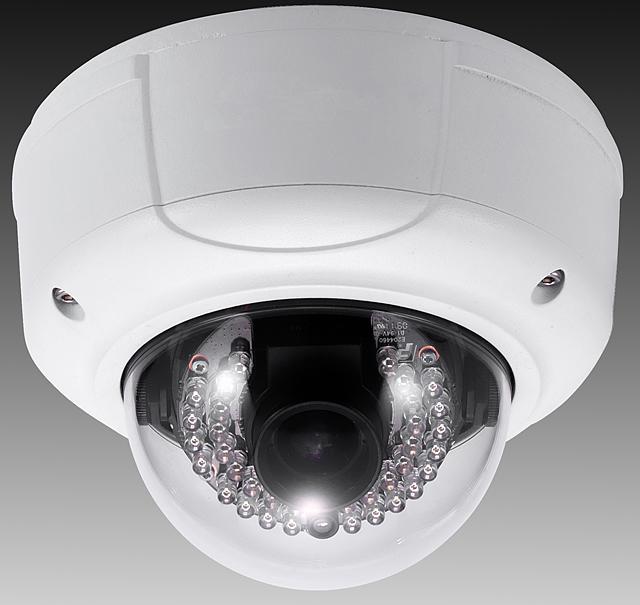
Main Features
1. 1/3” 1.3 Megapixel progressive scan SONY CCD
2. H.264 & MJPEG dual-stream encoding
3. Max 22fps @ 1.3M (1280×960) or 30fps @ 720P (1280×720)
4. DWDR, Backlight Compensation and 2D Noise Reduction
5. 2.8~12mm varifocal auto iris lens
6. Day/Night IR Cut Filter
7. IR LED working distance 20m
8. Built-in 2/1 alarm in/out
9. Micro SD memory,
10. IP66 Rated Outdoor Bullet
11. Powered by PoE
12. Smartphone apps available
The CCD is not as good all the way around as the CMOS sensor used in other Dahua cameras. The images don’t have that rich color or contrast and there’s a noticable streak that occurs when it gets reflective glare, like off a piece of chrome on a car can make a pink vertical stripe appear. I noticed this on other brands of domes using the same Sony sensor.
This is what the web interface looks like when you first log in. There’s options to take a snapshot, manually record, chose a stream and more. As you can see, the image, even though it’s set for 4:3 aspect ratio for 1.3MP, it stretches it to the 16:9 aspect ratio. This is only on the web interface as snapshots, recorded video is done at the proper aspect ratio.
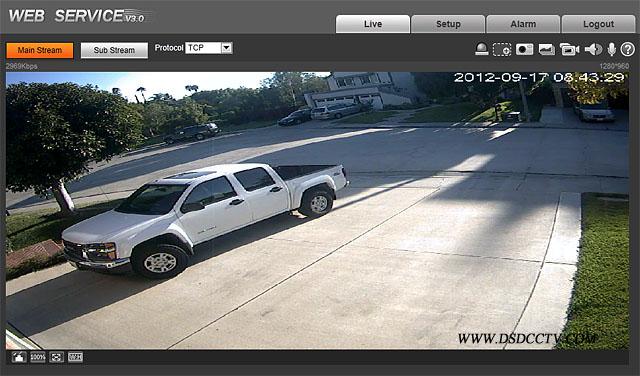
The interface looks similar to other Dahua cameras with some minor quirks. Here’s the first screen you get to when you click on Setup.
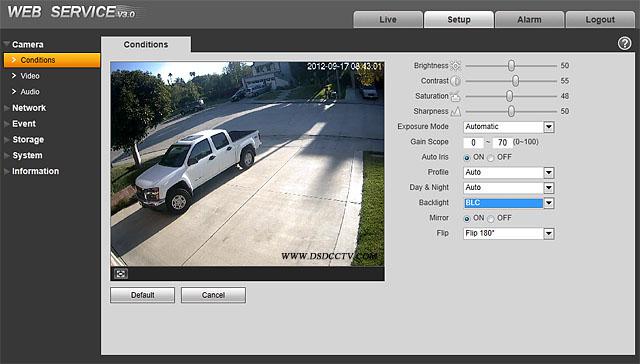
This is the window where you would setup resolution, fps and 2nd stream.
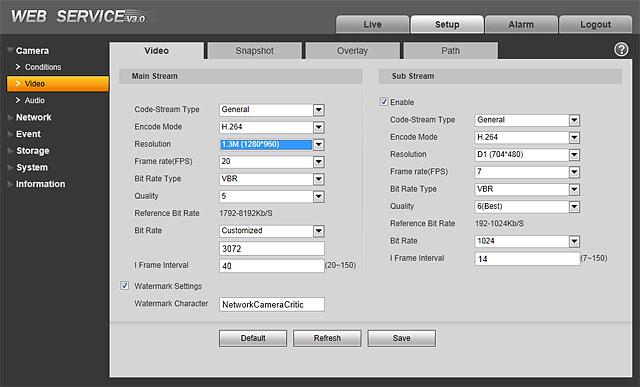
You configure the motion detect window the same way as other Dahua camera by clicking on squares to make them visible or not. The blue area is the motion detect zone.
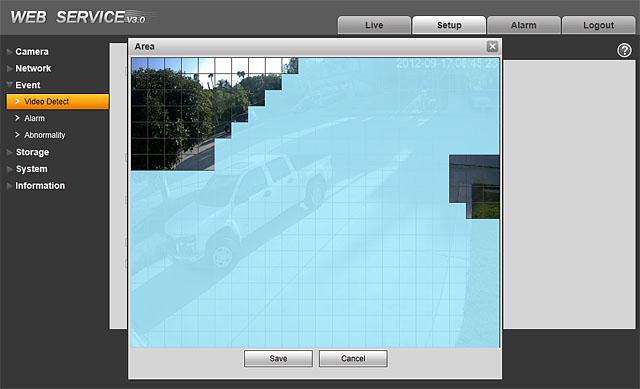
The storage is set up here for the SD card or FTP.

Now onto the images, how well does this camera perform. I mounted the camera at two places, one at the front of my garage, under the eave,and in my backyard because they represent different lighting situations. The varifocal lens was set to its widest setting which is fairly wide and covered most of front of my home.
As before, click on the image to see the full 1.3MP version.
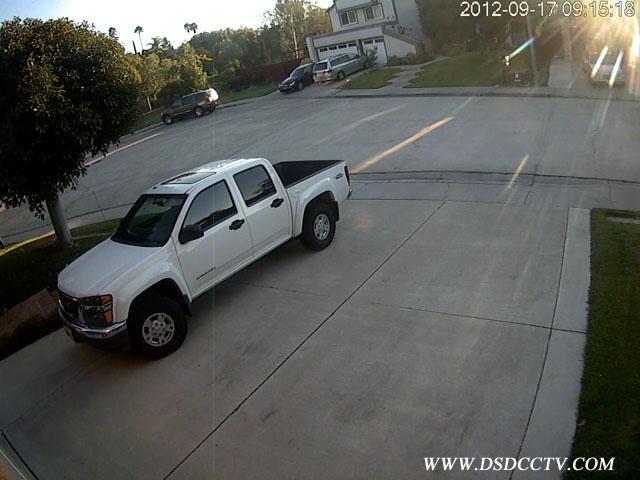
This is in my backyard where lighting makes for a better shot than the driveway and you can see the detail.
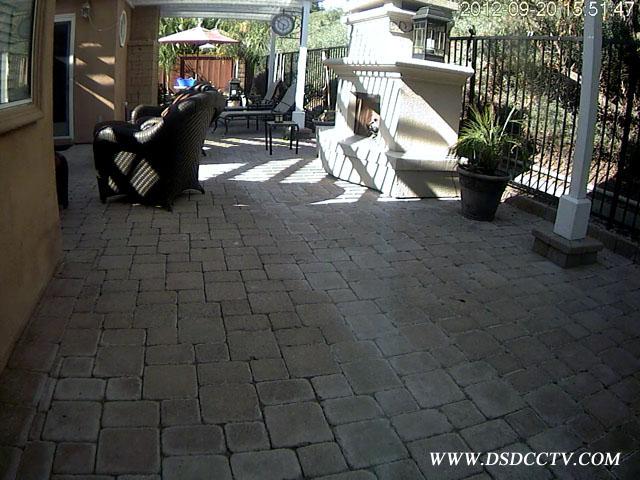
At night is where the cameras disappoints. No matter what I tried, theirs a very noticeable light bleed from the IR LED’s onto the surface of the dome. I checked the fit of the rubber grommet that separates the two and it’s a tight fit against the lens and against the inside of the dome.
This image was taken over my driveway. You can see the halo around the perimeter of the image caused by the IR LEDs bleeding onto the image.
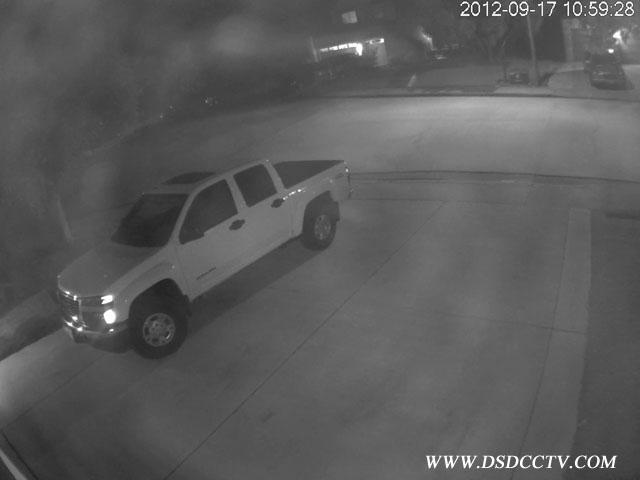
To show you that the IR light bleed is the sole cause of this halo effect, I turned the IR LEDs off and you can see the image is now clear. Also, the low light capabilities of this CCD are not much different than that of the 1.3MP Aptina CMOS sensor. Noise was low thanks to effective noise reduction.
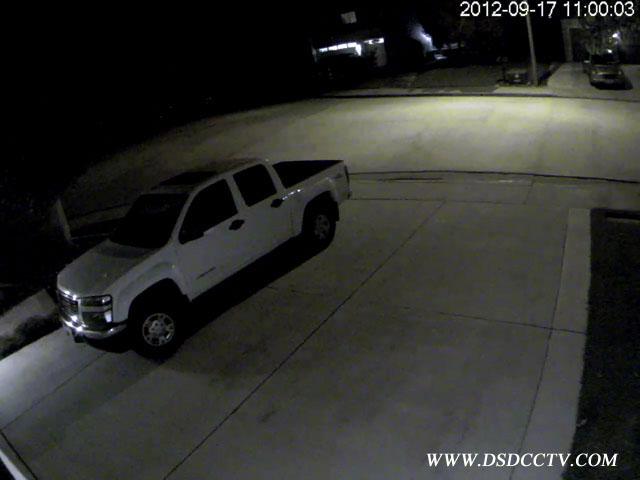
And this was taken at night in my backyard. You can see the halo around the image from the reflection of the IR ring on the surface of the dome.
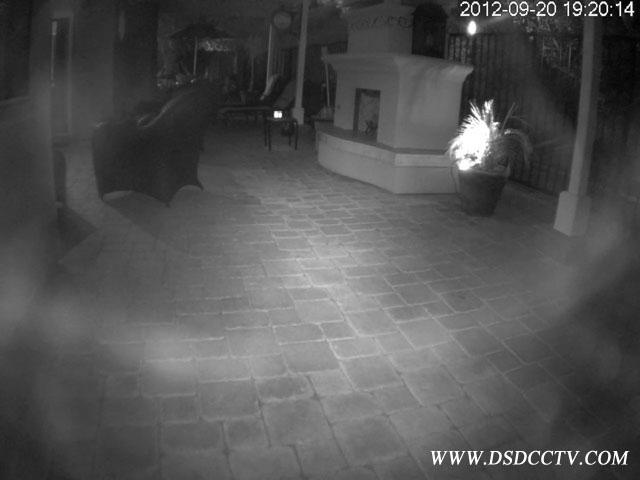
The pluses for this camera are;
1. Low price
2. 720P at 30fps (or 1.3MP at 22fps)
3. Built in IR illuminators
4. Day/Night IR Cut Filter
5. Smartphone apps – everyone wants to access their cameras from smartphones these days
The shortcomings of the camera are;
1. Serious IR LED light bleed issues
2. You must rely on your reseller for support
3. Displays wide-screen format on the web interface even when you chose a different format
- Pre:synology dsm 4.2 surveillance 2014/9/3
- Next:Dahua IPC-HDB3200C 1080p mini 2014/9/3
